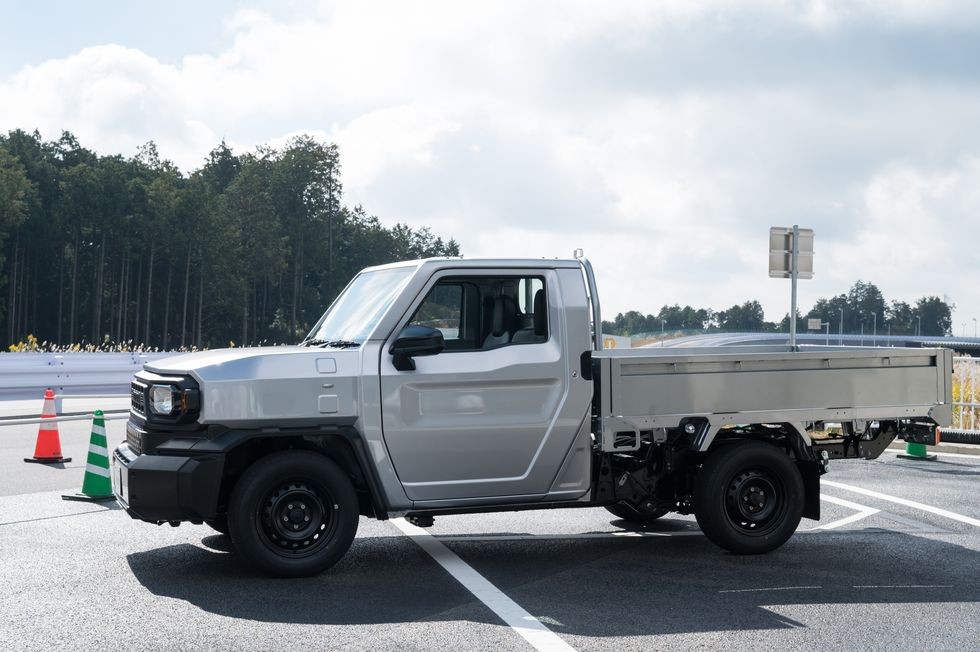It’s a question on the minds of many hardworking Americans: why is it so difficult to find a truly affordable, no-frills pickup truck in today’s market? One of our readers, Juan TT, reached out expressing his frustration with the rising costs of new vehicles, particularly pickups. He’s not alone in his sentiment. He loves his trusty old Nissan Frontier but is dismayed by the lack of truly “Cheapest Pickup” options available to replace it. He points out the Ford Maverick as the most affordable option, yet even that starts at over $26,000 – a far cry from what many consider “cheap” for a basic work truck. Why can’t automakers offer a simple, robust, and cheap pickup like those seen in other parts of the world? Let’s delve into the reasons behind the absence of the cheapest pickup in the U.S. market.
First, let’s acknowledge Juan’s starting point: the Ford Maverick and Hyundai Santa Cruz are currently the least expensive pickups you can buy new in the United States. The base Ford Maverick, while advertised around $24,000, quickly climbs above $26,000 once you factor in destination charges and acquisition fees. The Hyundai Santa Cruz starts a bit higher, pushing towards $28,000 with freight. While these are positioned as “affordable,” they are still significantly more expensive than what many envision when they think of a “cheapest pickup.” And while Nathan from TFL suggests the Maverick as a better work vehicle compared to the Santa Cruz, both are still a significant investment for someone simply needing a basic truck for work.
Deals on slightly larger, mid-size trucks like the base Chevrolet Colorado, Nissan Frontier, Toyota Tacoma, and Ford Ranger might occasionally bring their prices down, but realistically, you’re still looking at the low $30,000 range for the absolute base models. Full-size pickups? Forget about finding anything truly “cheap” new. While base models might technically start in the high $30,000s, finding one at that price in reality is rare, with most hovering well above $40,000.
 Toyota IMV O front side view
Toyota IMV O front side view
So, why can’t we have a truly cheapest pickup, something in the sub-$20,000 range? The Toyota IMV 0, showcased above, offers a glimpse into what’s possible. This pickup is sold overseas for the equivalent of around $10,000 USD. It’s a basic, no-frills workhorse – exactly what Juan and many others are looking for. However, the harsh reality is that building a truck like the IMV 0 for the U.S. market is simply not feasible under current conditions.
The primary reasons boil down to production costs and stringent regulations. Safety standards, EPA emissions requirements, and Department of Transportation (DOT) regulations in the United States are significantly more demanding and costly than in many overseas markets. These regulations add considerable complexity and expense to the manufacturing process. The Toyota IMV 0, with its basic engine, manual transmission, and minimal features, is designed for markets with different regulatory landscapes and cost expectations.
Building vehicles to meet U.S. safety standards necessitates advanced engineering, more robust materials, and sophisticated safety systems. Emissions regulations require cleaner and more expensive engine technologies. These factors, combined with higher labor costs in the U.S. compared to some overseas manufacturing locations, drive up the overall cost of production significantly. Essentially, the “cheapest pickup” philosophy clashes directly with the regulatory and economic realities of the American automotive market.
While some might hope for a wave of affordable electric pickups to break this trend, the current technological landscape doesn’t support that idea for a truly cheapest pickup either. Even with potential advancements in battery technology and manufacturing, producing an EV pickup that meets U.S. standards and sells for under $20,000 in the near future seems highly unlikely. Automakers, naturally, are also driven by profit margins. Building a vehicle with minimal features to hit an ultra-low price point in the U.S. might not be financially viable for major manufacturers in the current market.
For those seeking a truly cheapest pickup, the used truck market remains the only realistic avenue, although even used truck prices are elevated in the current economy. Unfortunately, for those dreaming of a brand-new, ultra-affordable work truck straight from the dealership, the dream remains out of reach in the United States. The combination of regulations, production costs, and market demands makes the prospect of a truly cheapest pickup in the U.S. market a significant challenge, if not an impossibility, for the foreseeable future.